The AMD Radeon RX 6600 XT is a product of the times, delivering a reasonable overall package, but with somewhat lackluster specs and performance given the price. It’s by far the most expensive ‘mainstream’ part we’ve seen so far, though such discussions are basically meaningless in the wake of ongoing GPU shortages. Look at our GPU price index, and it’s obvious that anything worthy of being on our list of the best graphics cards will end up selling out, and then it will get scalped on places like eBay. MSRP or SEP (suggested etail pricing) will only impact a small fraction of people — those lucky enough to snag a card directly from AMD or Nvidia (BestBuy) at the ‘official’ price. However, most cards will end up selling at whatever price the market dictates, and sadly that means far more than AMD’s nominal $379 launch price for the RX 6600 XT.
The Navi 23 GPU that powers the RX 6600 XT makes some interesting compromises as well. Normally, we’d expect to see a trimmed down Navi 22 part by this point in the life cycle, but either yields are so good that AMD doesn’t have enough chips to launch something like the previously rumored Radeon RX 6700, or it’s saving those harvested GPUs for something else (laptops). Navi 22 has a maximum configuration of 40 CUs, 12GB of GDDR6 on a 192-bit memory bus, and 96MB of Infinity Cache. Navi 23 still has 32 CUs, a relatively small reduction, but tops out at 8GB of GDDR6 on a 128-bit bus with only 32MB of Infinity Cache — AMD even cuts the PCIe interface to x8 Gen4, which is technically the same bandwidth as x16 Gen3, but if you’re on a Gen3 board you get half the interface bandwidth. That results in a significantly smaller die size of 237mm^2 compared to 335mm^2 on Navi 22 — a 29% reduction.


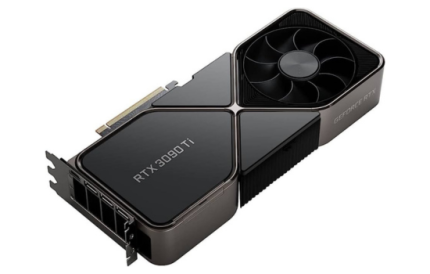

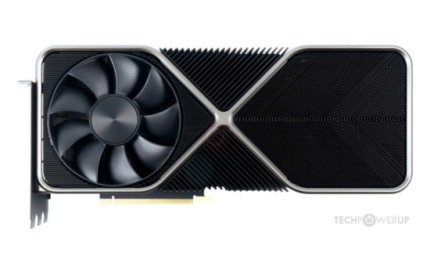
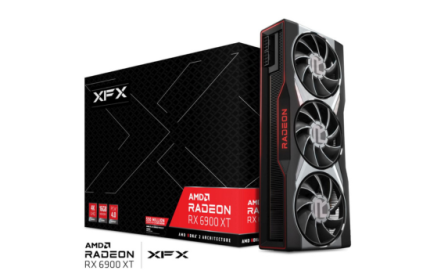
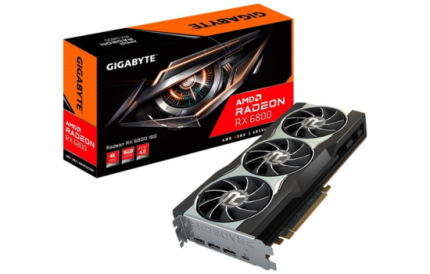
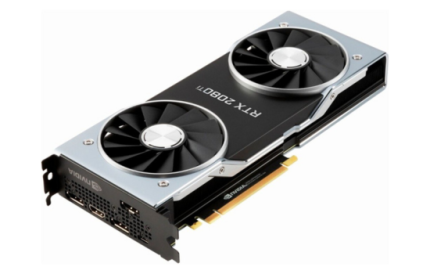
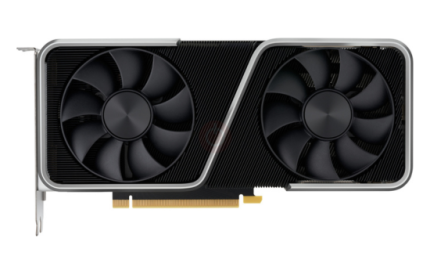

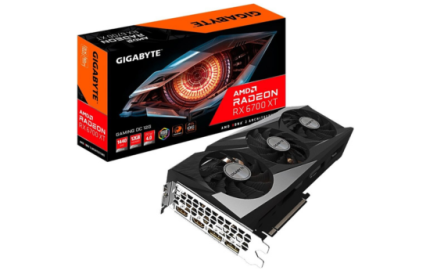
Reviews
There are no reviews yet.